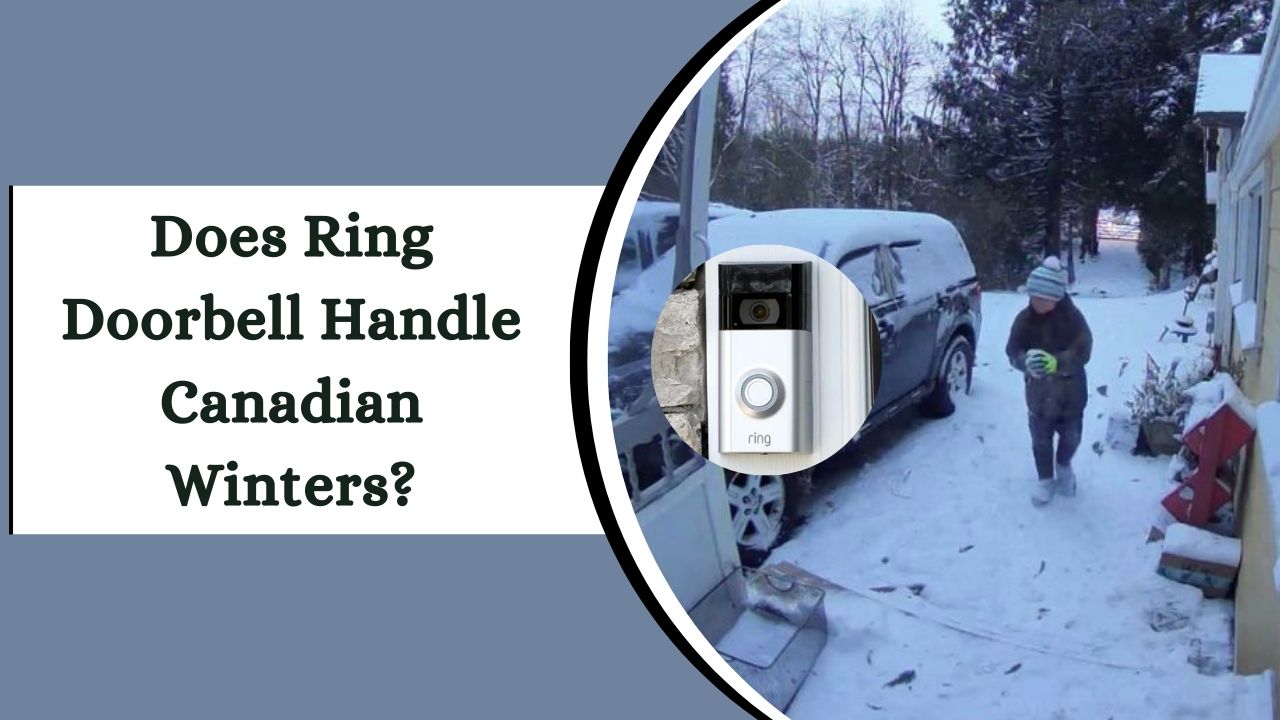Canadian winters can test the durability of Ring Doorbells, as extreme cold affects battery performance. While models like the Ring Video Doorbell 4 are designed to handle cold weather, they may require more frequent recharging in temperatures below -10°C.
This guide provides key insights into how Ring Doorbells perform in severe cold and offers practical tips to maintain their reliability throughout the winter.
Ring Doorbell in Canadian Winter: Does It Work?
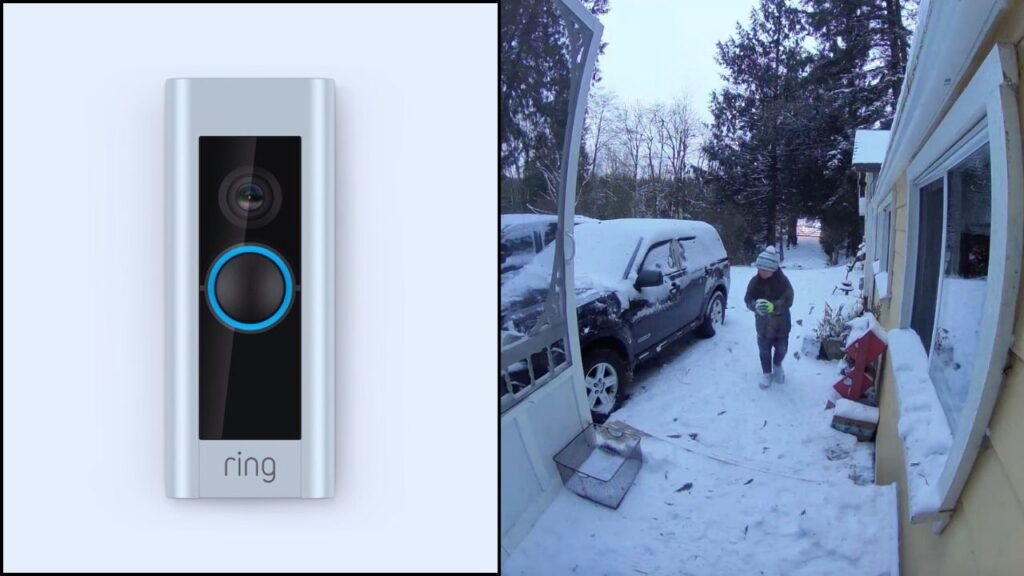
Canadian winters pose challenges for Ring Doorbells, as cold temperatures can impact battery life. Although models like the Ring Video Doorbell 4 and Ring Chime Pro are designed to endure extreme cold, they may need more frequent recharging when temperatures drop below -10°C.
In temperatures under -20 °C, Ring Doorbells might experience performance issues, which is a concern in regions with harsh winters. For such conditions, the Skybell Video Doorbell, which operates down to -40ºF, offers a more reliable alternative.
While Ring Doorbells are generally a top choice, it’s important to assess their ability to perform in frigid Canadian winters for consistent reliability.
Which Ring Video Doorbell Works In Canadian Winter?
Navigating the harsh conditions of a Canadian winter requires durable home technology. When selecting a Ring Video Doorbell, understanding how each model handles extreme cold is essential.
Here’s a breakdown of how different Ring Video Doorbell models perform during the coldest Canadian winters, helping you choose the best one for your home:
1. Ring Video Doorbell Pro:

Cold Resistance: The Ring Video Doorbell Pro is designed to function reliably in cold climates, with an operational range down to -20°C. Its hardwired design avoids battery issues common in low temperatures, ensuring consistent performance.
However, proper insulation of existing wiring is crucial to maintaining functionality during extreme cold. Despite snow and ice, its advanced motion detection continues to deliver timely alerts.
2. Ring Video Doorbell 3 And 3 Plus:
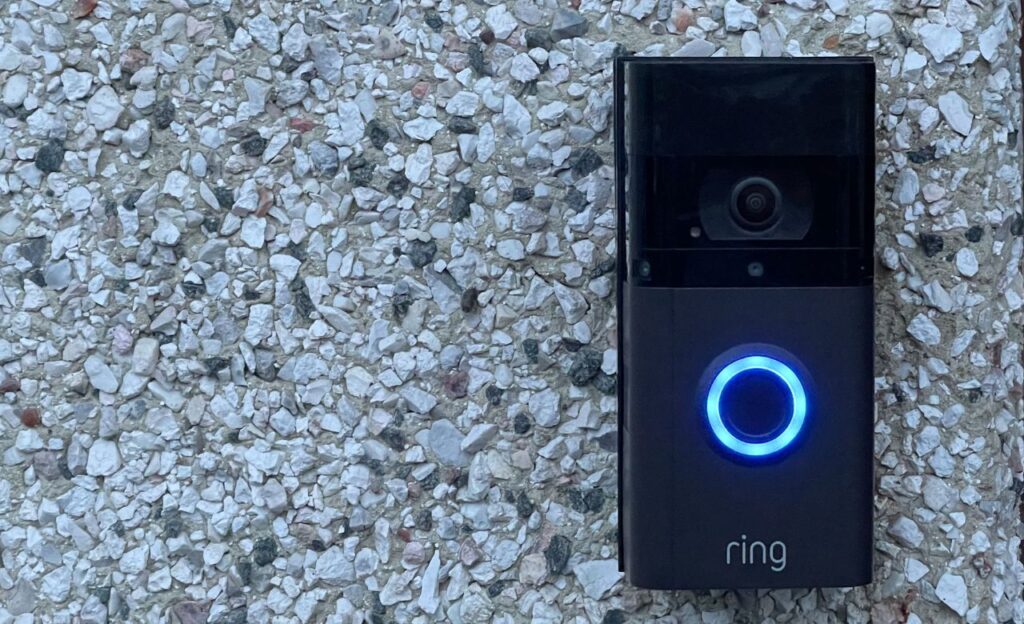
Winter Preparedness: Both the Ring Video Doorbell 3 and 3 Plus are well-suited for Canadian winters, functioning effectively in temperatures as low as -20°C.
Their battery-powered design offers flexible placement but requires close monitoring of battery life during colder months, as performance can decrease in extreme cold. The 3 Plus model’s Pre-Roll feature adds security by capturing moments before motion is detected, even in low-light winter conditions.
3. Ring Video Doorbell 4:
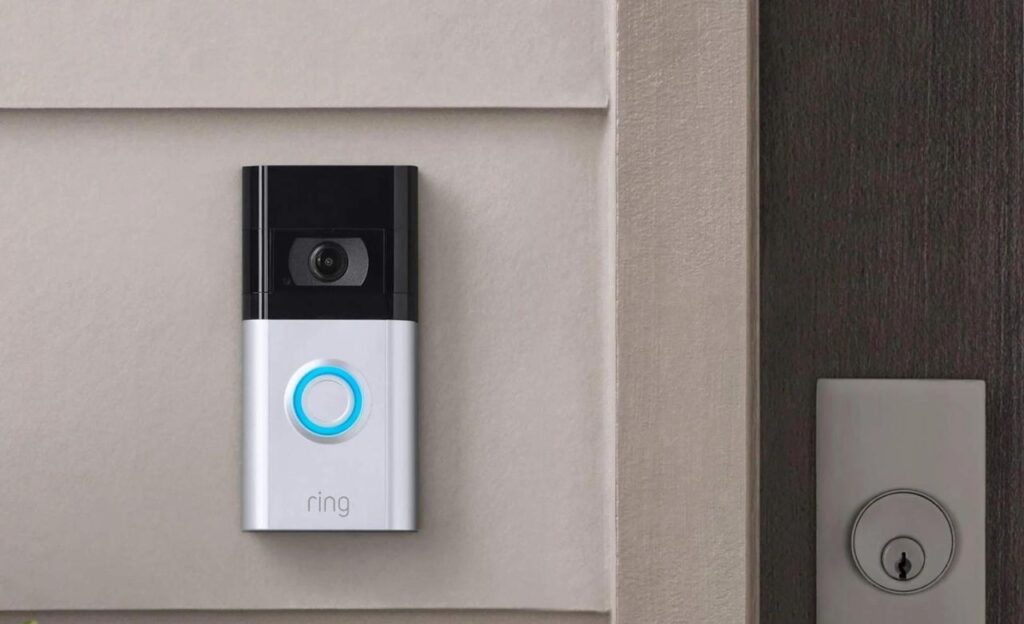
Cold Weather Compatibility: The Ring Video Doorbell 4 is a strong choice for Canada’s frigid environment, operating well down to -20°C. Its improved battery life reduces the need for frequent charging in winter.
The Quick Replies feature is useful when it’s too cold to answer the door in person, and enhanced motion detection with color Pre-Roll technology keeps you informed of activity at your doorstep, even in snowy conditions.
4. Ring Video Doorbell Pro 2:
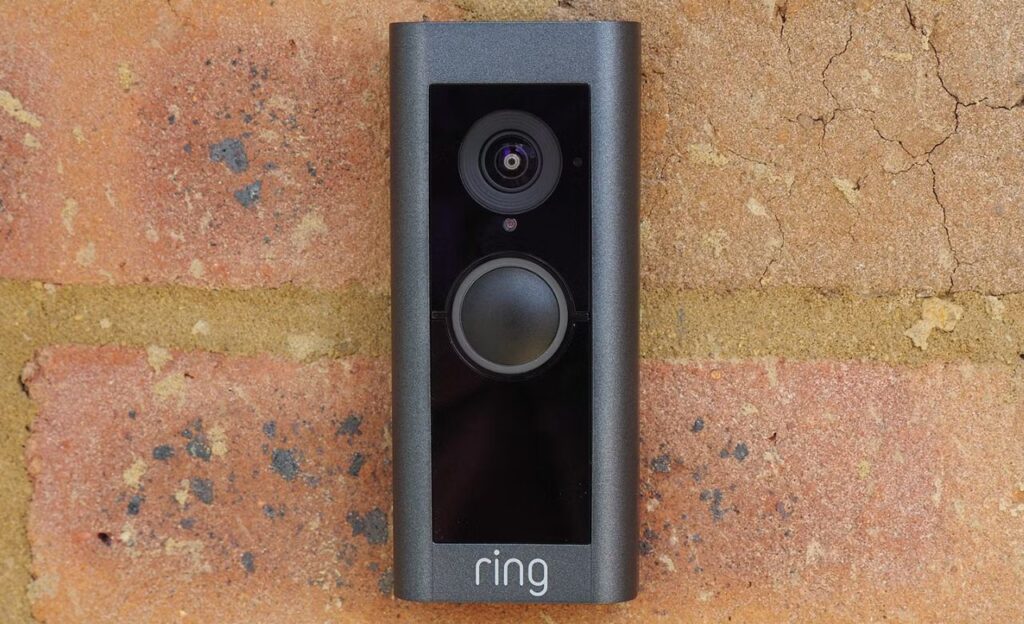
Top Performance in Extreme Cold: The Ring Video Doorbell Pro 2 stands out for its resilience in cold weather, operating reliably down to -20°C. It features 1536p HD video for clear images, even in snow, and its hardwired design eliminates battery concerns.
Advanced features like 3D Motion Detection and Bird’s Eye View remain effective, offering comprehensive monitoring of your doorstep, even in wintery settings.
What To Do When It Gets Cold?
As winter arrives in Canada, the Ring Doorbell can struggle in the cold. From personal experience, I’ve found a few strategies to keep it running smoothly.
When the battery starts to drain quickly in low temperatures, I bring the doorbell inside and warm it up while charging it with a USB cable. It’s important to fully charge the battery before reattaching the device outside.
Although cold weather reduces battery efficiency, starting with a full charge can make a difference. I also keep a close eye on the temperature and battery levels to ensure the doorbell continues to function throughout the winter.
Follow these steps to maintain your Ring Doorbell’s performance during winter:
- Monitor Weather Conditions: Stay aware of Canadian winter weather to know when your Ring Doorbell might need extra care.
- Follow Manufacturer Guidelines: Adhere to the winter care advice provided by Ring and other doorbell manufacturers.
- Bring the Doorbell Indoors Occasionally: If temperatures drop significantly or the battery is low, remove the doorbell from its outdoor position.
- Recharge the Battery Indoors: Plug the doorbell into a power source inside your home to recharge the battery.
- Let the Device Warm Up: While charging indoors, the doorbell’s internal temperature will rise, improving its functionality.
- Reattach the Doorbell: Once fully charged and warmed, remount the Ring Doorbell outside.
- Regularly Monitor: Keep an eye on the battery level and performance to ensure your doorbell stays functional throughout the winter.
How to Keep Your Ring Doorbell Working in Winter?
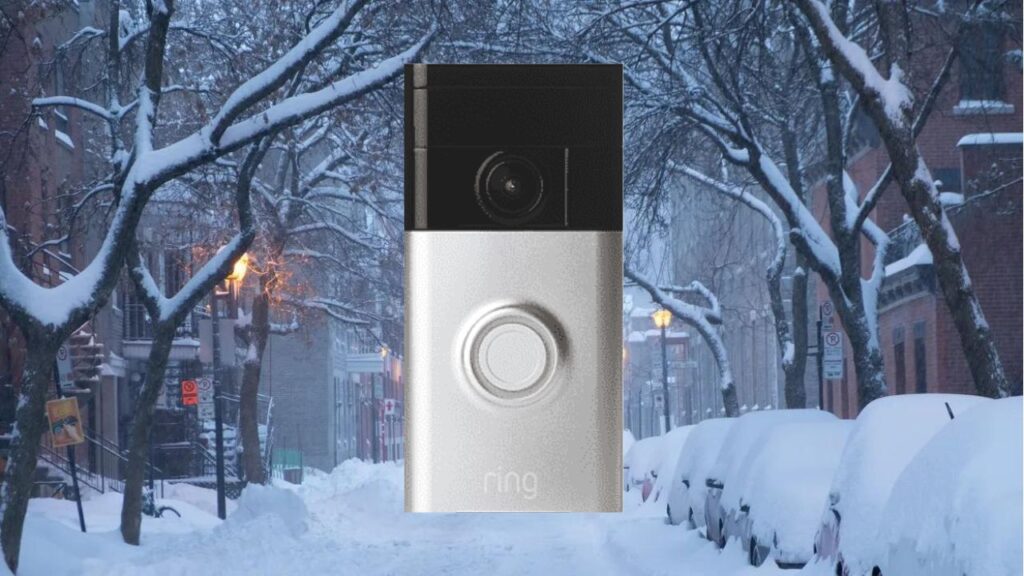
To keep your Ring Doorbell functioning optimally, regularly clean the device, remove any snow or ice buildup, and check the battery level frequently.
Using weather-resistant covers can provide extra protection. Additionally, monitor the device’s performance through the Ring app to quickly address any potential issues.
More Things People Look For:
Does Cold Weather Impact the Ring Doorbell?
In frigid temperatures, Ring Doorbells and Security Cameras with lithium-ion batteries can experience rapid battery drain, necessitating more frequent recharges and potentially impacting their performance in extreme cold. This can be a critical factor for maintaining reliable home security.
Are Ring Doorbells Snowproof?
While Ring doorbells and outdoor cameras are designed to be water-resistant and handle typical winter conditions like rain and snow, they are not fully waterproof.
They should not be submerged or exposed to high-pressure water, as heavy snow or direct water exposure may affect their longevity.
How Long Does the Ring Doorbell Battery Last in Winter?
During Canadian winters, the battery life of a Ring doorbell can be significantly reduced. Typically, the battery lasts between 6 to 12 months on a single charge, but in temperatures below 40°F and with frequent activity, it depletes faster.
Cold weather often shortens the battery’s overall lifespan, presenting a challenge for maintaining consistent functionality.
At What Temperature Does the Ring Doorbell Stop Working?
Ring doorbells generally function well between -4°C and 40°C, but may struggle in temperatures below freezing. Below 10°C, the device might stop accepting charges or run out of power.
For colder climates, the Ring Doorbell 4 is engineered to perform better in extreme cold, making it a more dependable option.
What to Do If Your Ring Doorbell Fails in Cold Weather?
If your Ring Doorbell stops working in cold weather, first check for any obstructions like ice or snow. Ensure the battery is charged and consider moving the doorbell to a more sheltered location if possible. If issues persist, contacting Ring’s customer support for further assistance is a good idea.
Will Snow And Ice Affect The Performance Of My Ring Doorbell?
Snow and ice can affect the performance of your Ring Doorbell, particularly if they obstruct the camera lens or sensor. It’s a good idea to regularly clear snow and ice from around the doorbell to ensure it remains functional. Additionally, Ring offers a weather-resistant cover that can help protect your device from harsh conditions.
Our Final Take
Ring Doorbells can handle Canadian winters, with models like the Ring Video Doorbell 4 performing well down to -20°C. However, extreme cold may reduce battery life and performance.
Regularly monitor and recharge the battery indoors to ensure reliable operation. For harsher conditions, consider alternatives like the Skybell Video Doorbell.

